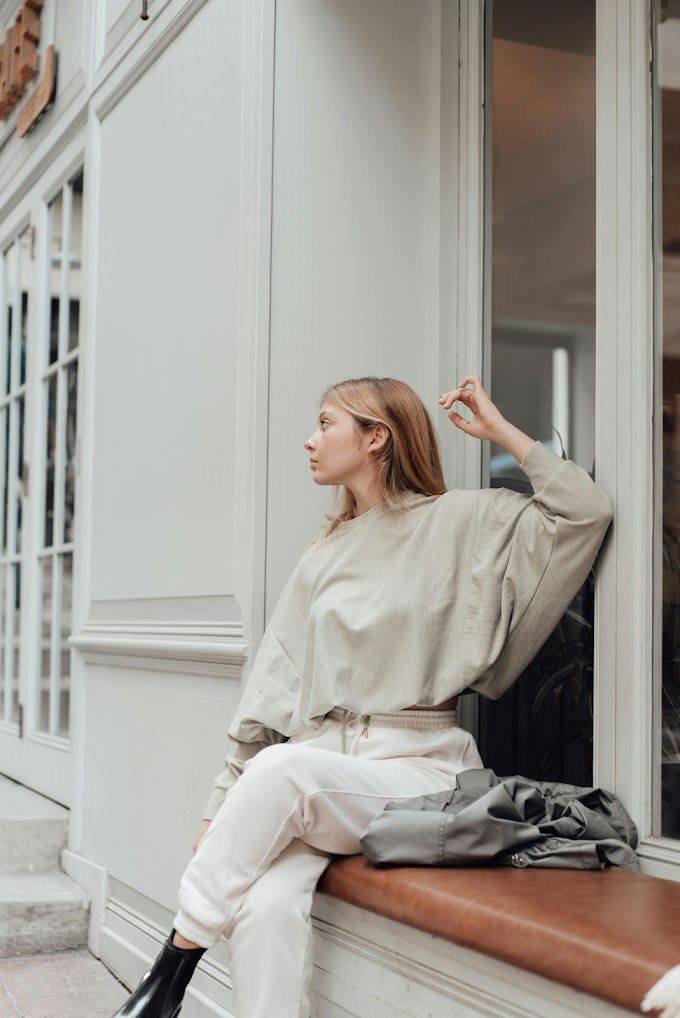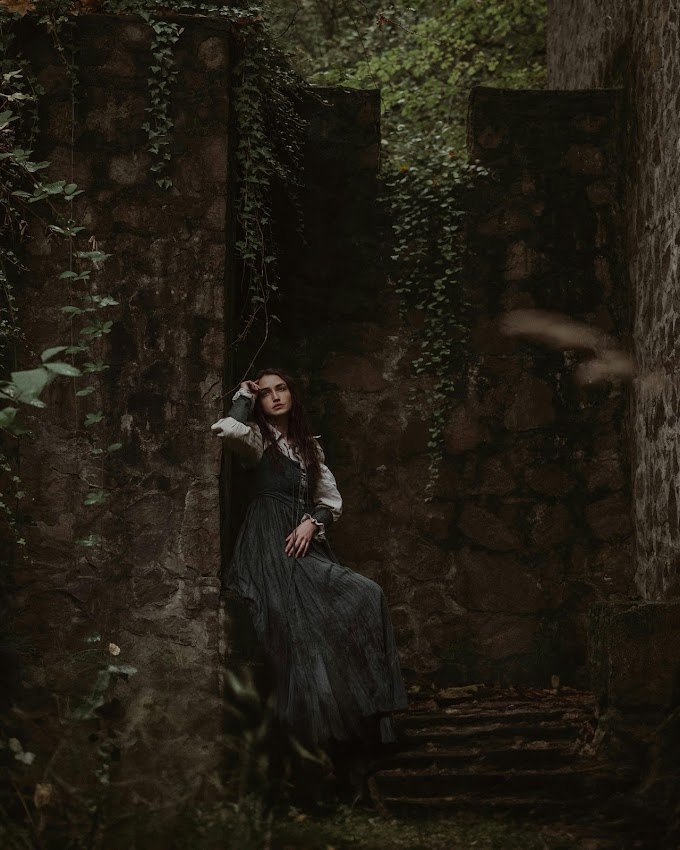1930s Hollywood Glamour: Influences on Fashion
The 1930s was a pivotal decade in Hollywood and fashion history. The era saw the birth of the "Golden Age" of cinema, where the silver screen not only entertained millions but also dictated trends in style, beauty, and culture. The influence of 1930s Hollywood glamour on fashion remains a significant chapter in the evolution of modern style. From the iconic silhouettes to the dazzling accessories, the 1930s introduced a new level of sophistication and elegance that continues to inspire designers today.
The Emergence of Hollywood as a Fashion Powerhouse
The Impact of the Talkies
The transition from silent films to "talkies" in the late 1920s revolutionized Hollywood. As sound films gained popularity, the importance of dialogue and music increased, but so did the emphasis on visual appeal. Stars who could combine beauty with charisma became icons. Their on-screen wardrobes became just as important as their acting abilities, and fashion designers began working closely with filmmakers to create unforgettable looks.
The Role of Movie Studios
During the 1930s, movie studios such as MGM, Paramount, and Warner Bros. were at the peak of their influence. These studios had vast resources and controlled every aspect of a film's production, including the costumes. Each studio had its own wardrobe department, staffed with some of the most talented designers of the time. These designers, including legends like Edith Head, Adrian, and Travis Banton, were instrumental in creating the glamorous looks that defined the decade.
Studios understood that the appearance of their stars on and off the screen could significantly influence public perception. As a result, they invested heavily in creating and promoting a particular image for their leading ladies. This image was often one of unattainable beauty, elegance, and sophistication—qualities that became synonymous with 1930s Hollywood glamour.
Key Fashion Trends of the 1930s Inspired by Hollywood
The Silhouette: Sleek, Sophisticated, and Feminine
The 1930s marked a departure from the boyish, androgynous styles of the 1920s. The new decade embraced femininity, with fashion that highlighted the natural curves of the female form. The ideal silhouette of the 1930s was sleek and elongated, with an emphasis on a slim waist and long, flowing lines. This look was epitomized by the bias-cut dress, which was popularized by designers like Madeleine Vionnet.
The bias cut, which involves cutting fabric at a diagonal angle, allowed dresses to cling sensuously to the body, creating a smooth and flattering fit. These dresses often featured low backs, halter necks, and delicate straps, adding to their allure. The flowing, figure-hugging nature of the bias cut was perfect for the glamorous Hollywood lifestyle, both on and off the screen.
The Influence of Costume Designers
Costume designers played a crucial role in shaping the fashion of the 1930s. Adrian (Adrian Adolph Greenburg), one of the most influential designers of the era, worked for MGM and was responsible for dressing stars like Greta Garbo, Joan Crawford, and Jean Harlow. His designs, characterized by strong shoulders, draped fabrics, and meticulous attention to detail, set the tone for Hollywood glamour.
Adrian's iconic "Letty Lynton" dress, worn by Joan Crawford in the 1932 film of the same name, is a prime example of his influence. The dress featured exaggerated puffed sleeves and a cinched waist, creating a dramatic and feminine silhouette that was widely copied by fashion designers and retailers. The "Letty Lynton" dress is often credited with starting the trend for the broad-shouldered look that became a hallmark of 1930s fashion.
Luxurious Fabrics and Embellishments
Hollywood's influence extended to the choice of fabrics and embellishments used in fashion during the 1930s. Silk, satin, velvet, and chiffon were the materials of choice, as they draped beautifully and caught the light, creating a sense of luxury and opulence. These fabrics were often embellished with sequins, beads, and rhinestones, adding to the overall glamour.
Evening gowns were particularly extravagant, with designers using metallic threads, embroidery, and fur trim to create show-stopping pieces. These gowns were often seen on screen in lavish dance scenes or glamorous parties, further cementing the association between Hollywood and high fashion.
Accessories: The Finishing Touch
No Hollywood-inspired outfit was complete without the right accessories. Gloves, hats, and jewelry were essential elements of 1930s fashion. Long gloves, often made of silk or satin, added an extra layer of sophistication to evening wear. Hats, ranging from wide-brimmed styles to small, tilted designs, were worn at a jaunty angle, exuding confidence and style.
Jewelry during this time was bold and often featured large, sparkling stones. Chokers, brooches, and statement earrings were popular choices, adding a touch of glamour to any ensemble. Pearls, in particular, were a favorite of Hollywood stars, symbolizing both wealth and refinement.
The Influence of Men's Fashion
While women's fashion in the 1930s was characterized by elegance and glamour, men's fashion also experienced significant changes, largely influenced by Hollywood. The decade saw the rise of the debonair leading man, epitomized by actors like Clark Gable, Cary Grant, and Fred Astaire. Their on-screen personas influenced men's fashion, encouraging a shift towards more tailored and sophisticated styles.
The typical 1930s suit was well-fitted, with a broad-shouldered jacket and high-waisted trousers. Double-breasted suits became popular, adding an extra element of formality and style. Evening wear for men often included tuxedos with satin lapels, paired with bow ties and patent leather shoes. This look, often seen in Hollywood films, became the gold standard for men's formal attire.
Hollywood's Influence Beyond the Screen
The Role of Magazines and Media
The influence of Hollywood on fashion was not confined to the silver screen. Fashion magazines like Vogue, Harper's Bazaar, and Photoplay played a crucial role in disseminating Hollywood-inspired styles to the masses. These publications featured photographs of film stars in the latest fashions, along with articles detailing how to achieve the same look at home.
Photographers like George Hurrell, known for his glamorous portraits of Hollywood stars, contributed to the spread of 1930s fashion. Hurrell's highly stylized photographs captured the beauty and elegance of the era's leading ladies, further cementing their status as fashion icons.
The Rise of Ready-to-Wear Fashion
The 1930s also saw the growth of the ready-to-wear fashion industry, which was heavily influenced by Hollywood. As more women sought to emulate the glamorous looks seen in films, fashion retailers began producing affordable versions of the high-end designs worn by stars. Department stores and catalogs offered Hollywood-inspired dresses, suits, and accessories, making it easier for the average woman to dress like her favorite actress.
This democratization of fashion allowed Hollywood glamour to reach a broader audience, solidifying its place in popular culture. The desire to look like a movie star became a driving force behind fashion trends, and designers began to create collections with this aspiration in mind.
The Impact on Global Fashion
Hollywood's influence on fashion was not limited to the United States. The glamour of 1930s Hollywood captivated audiences around the world, leading to a global demand for similar styles. European designers, particularly in Paris and London, began to take notice of the trends emerging from Hollywood and incorporated them into their own collections.
The cross-pollination of ideas between Hollywood and European fashion houses led to a more interconnected global fashion scene. Hollywood stars became international style icons, and their influence could be seen in the clothing worn by women across Europe, Asia, and beyond.
The Enduring Legacy of 1930s Hollywood Glamour
Influence on Modern Fashion
The influence of 1930s Hollywood glamour on fashion has endured well beyond the decade itself. Designers continue to draw inspiration from the era's iconic styles, with elements such as the bias cut, strong shoulders, and luxurious fabrics appearing in modern collections.
Fashion houses like Ralph Lauren, Marchesa, and Elie Saab have all referenced 1930s Hollywood in their designs, creating gowns and ensembles that evoke the elegance and sophistication of the era. The red carpet, in particular, remains a showcase for 1930s-inspired glamour, with celebrities often choosing to wear dresses that channel the style of Hollywood's golden age.
Hollywood Glamour in Pop Culture
The allure of 1930s Hollywood glamour has also permeated pop culture, influencing everything from music videos to advertising campaigns. The aesthetic has been referenced in films like The Aviator (2004), which depicts the life of Howard Hughes and features recreations of 1930s fashion, as well as in television shows like Downton Abbey and Mad Men, where characters often wear clothing inspired by the era.
Music videos by artists like Madonna, Beyoncé, and Lady Gaga have also paid homage to 1930s Hollywood glamour, with elaborate costumes and styling that reflect the era's influence. The timeless appeal of 1930s fashion continues to captivate audiences, proving that the glamour of Hollywood's golden age is as relevant today as it was nearly a century ago.
Conclusion
The 1930s was a transformative decade for both Hollywood and fashion. As the film industry reached new heights, it brought with it a new standard of glamour and sophistication that left an indelible mark on the world of fashion. The sleek silhouettes, luxurious fabrics, and iconic accessories of the era continue to inspire designers and fashion enthusiasts alike.








